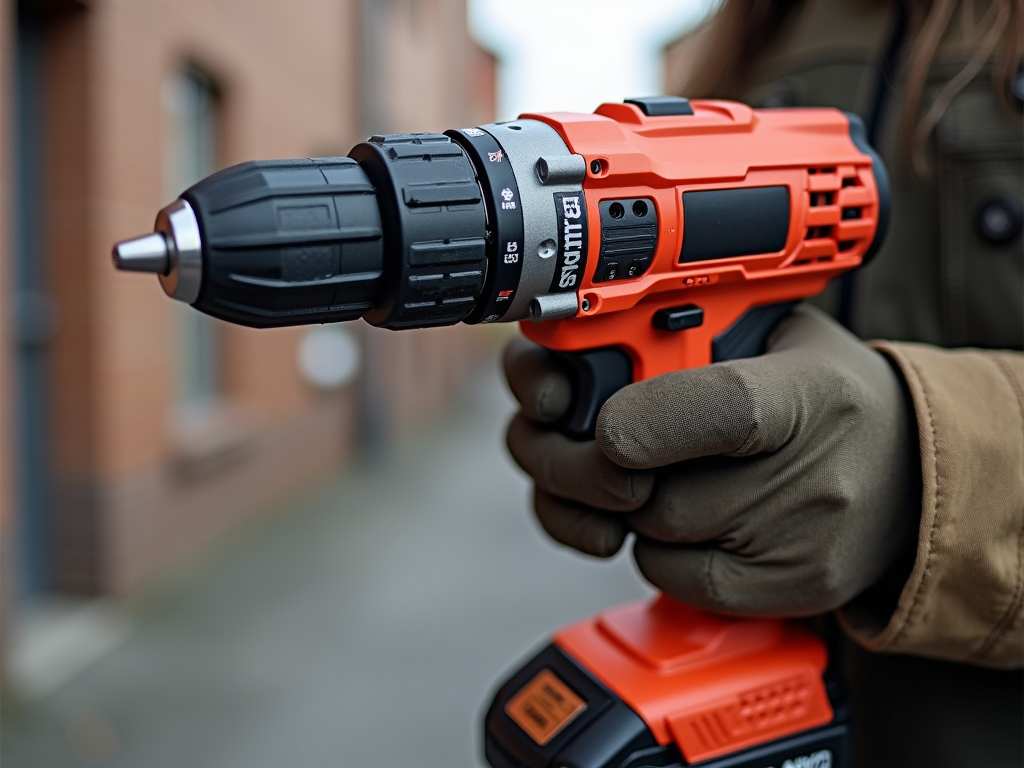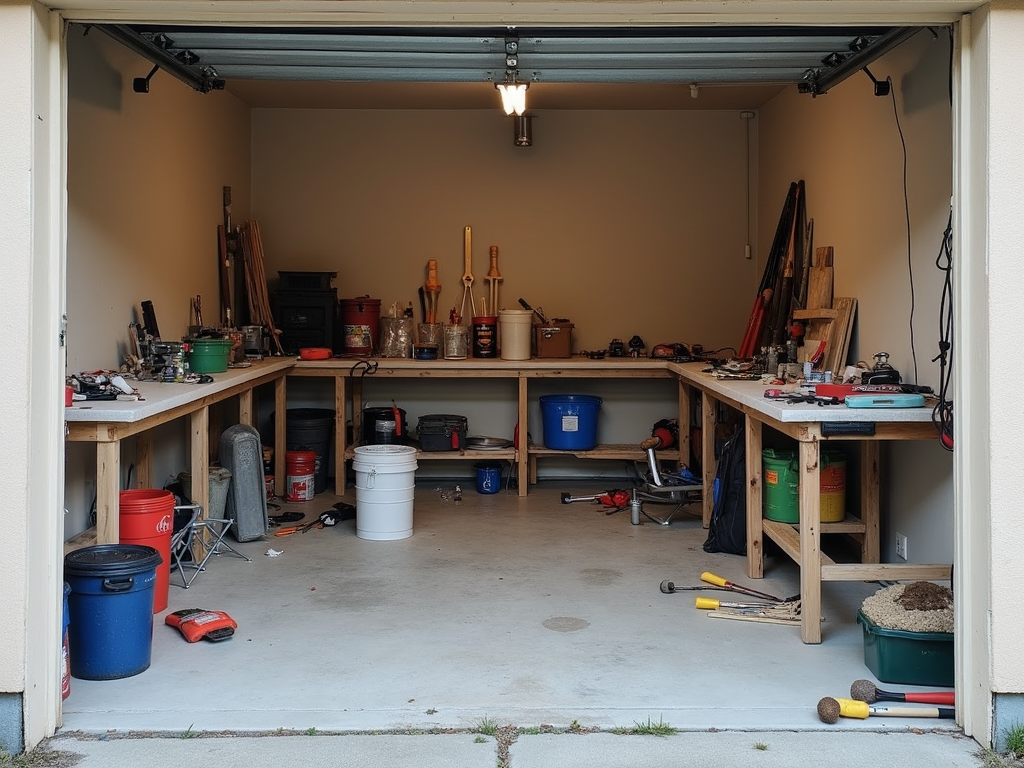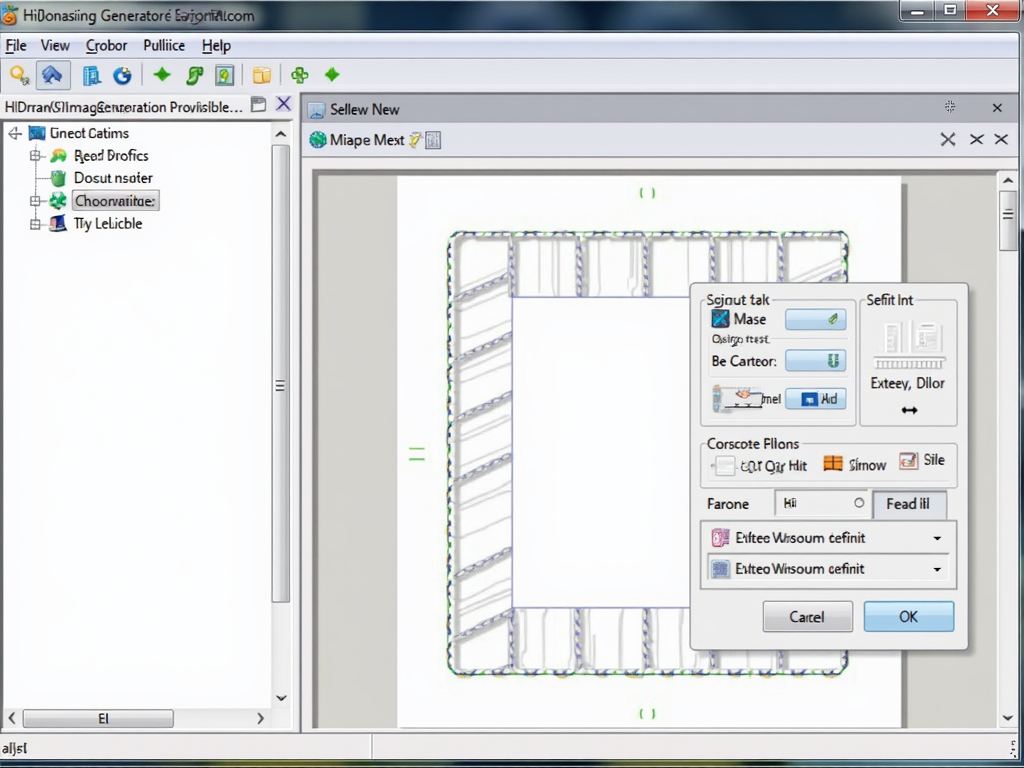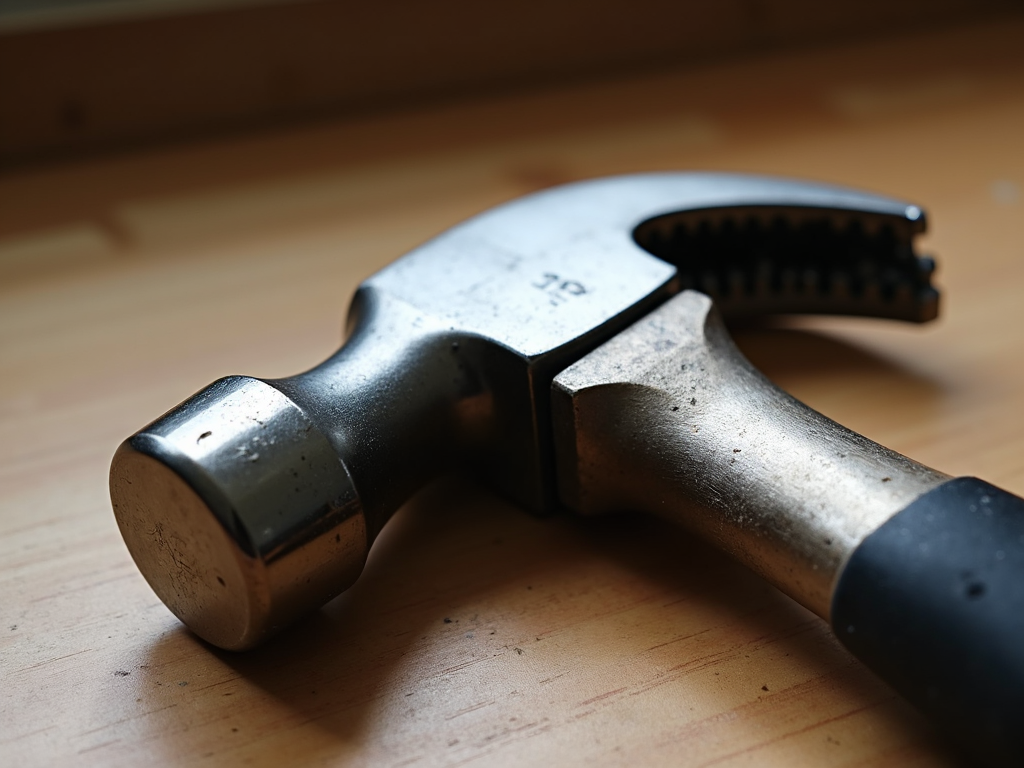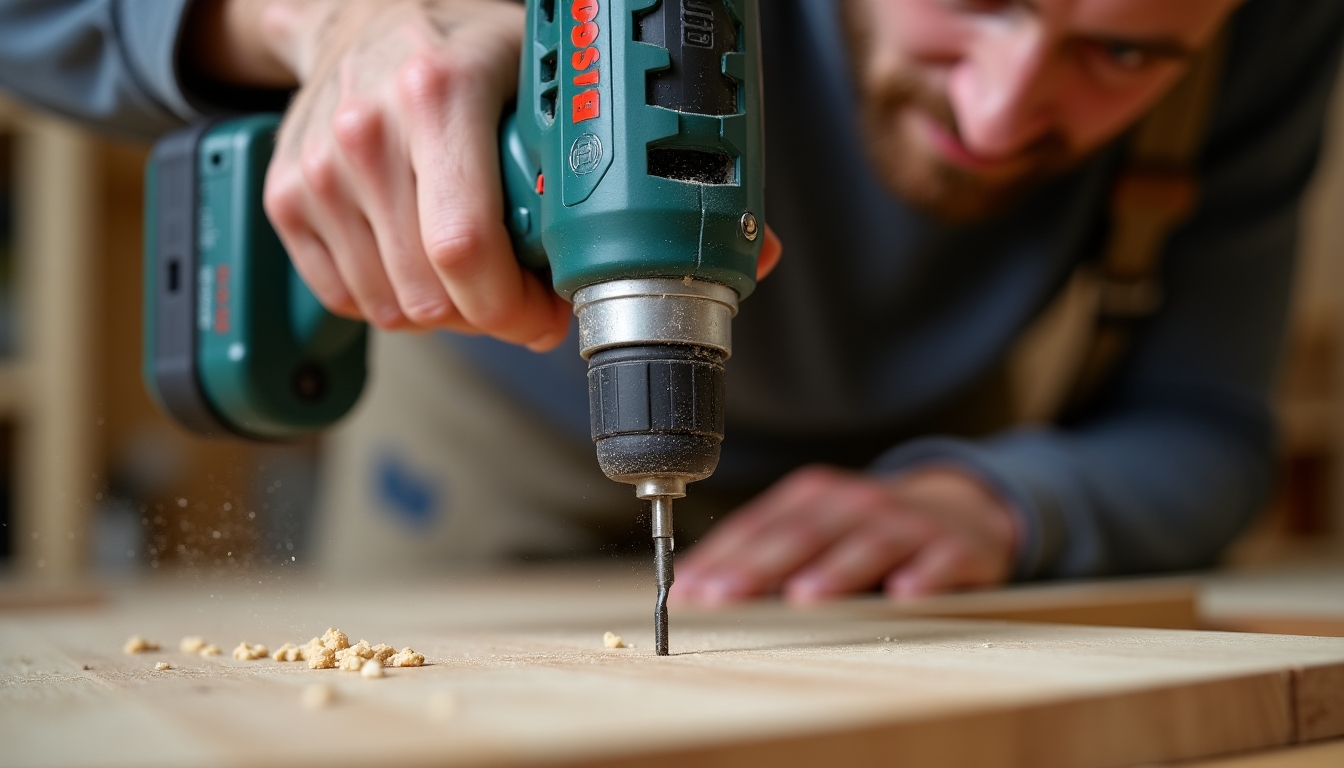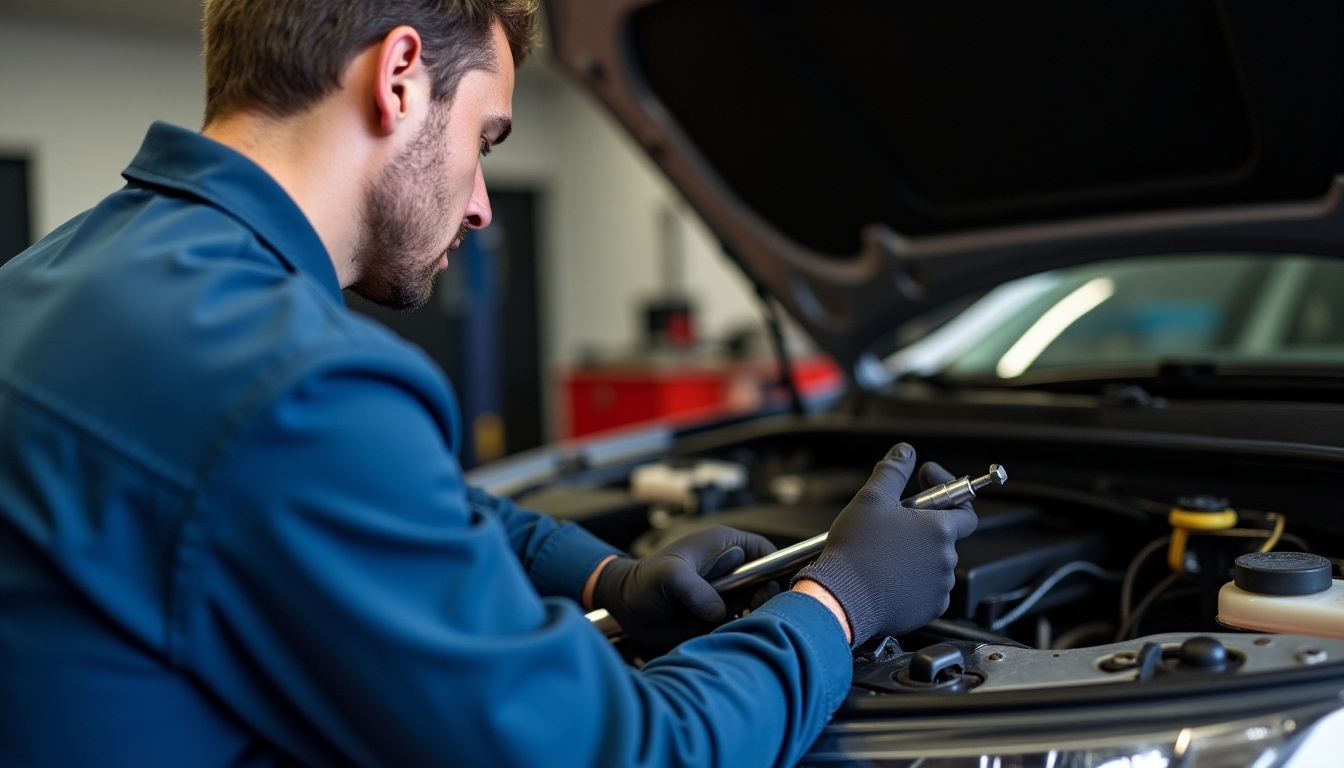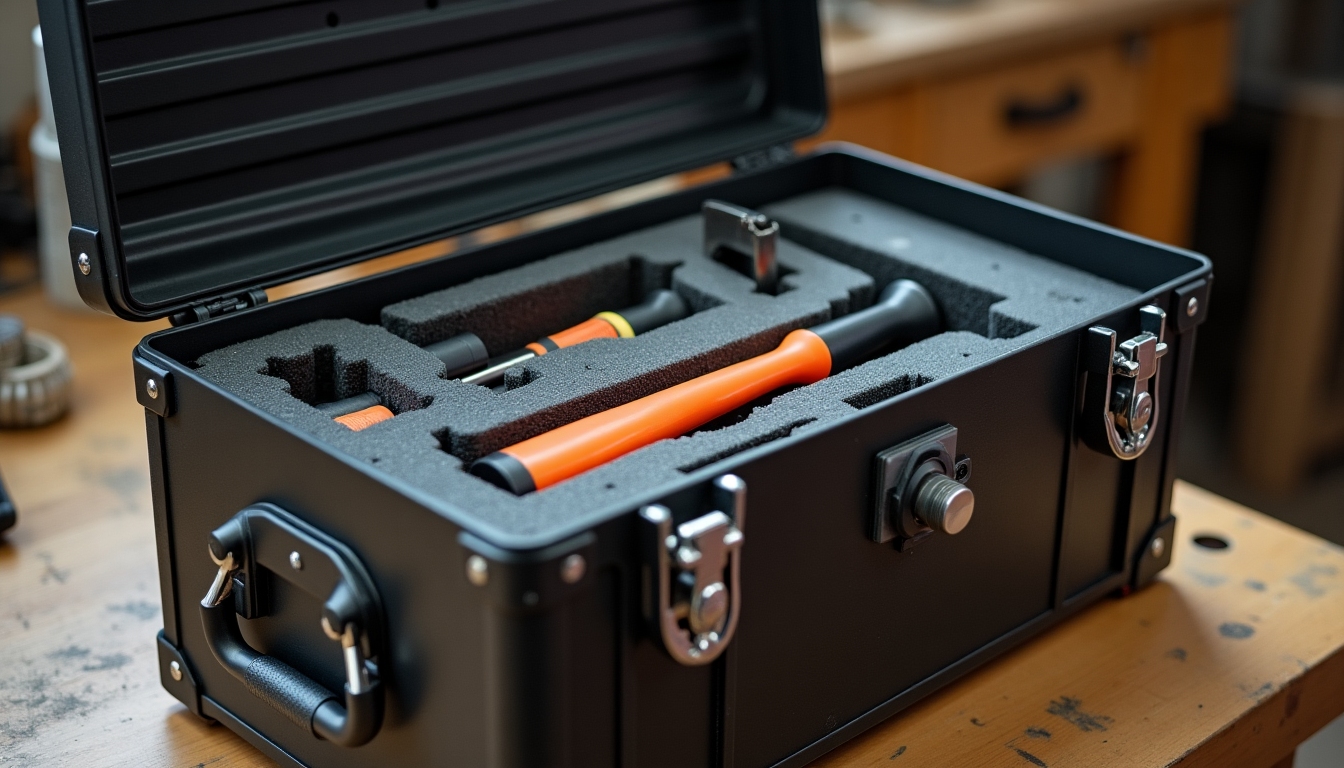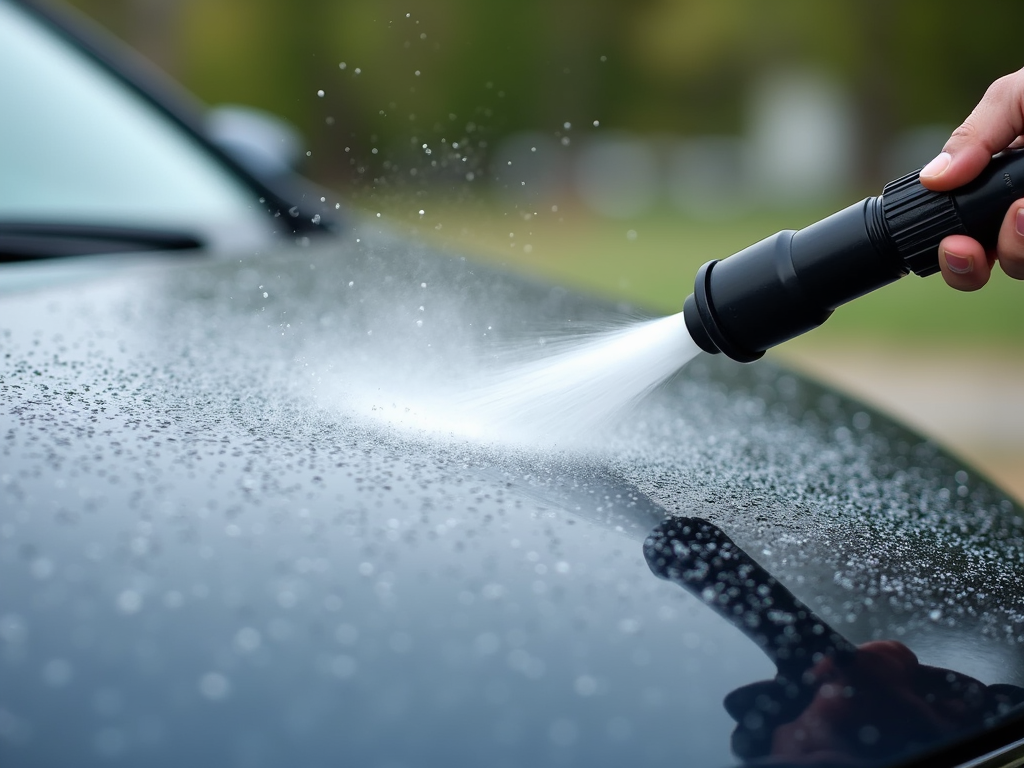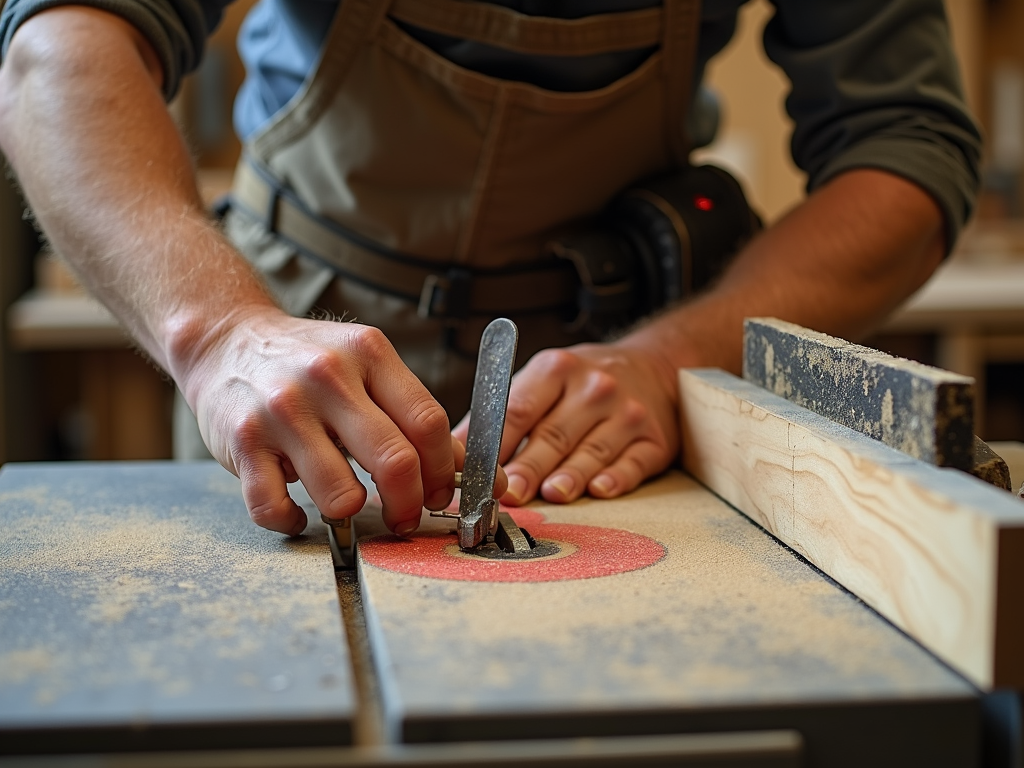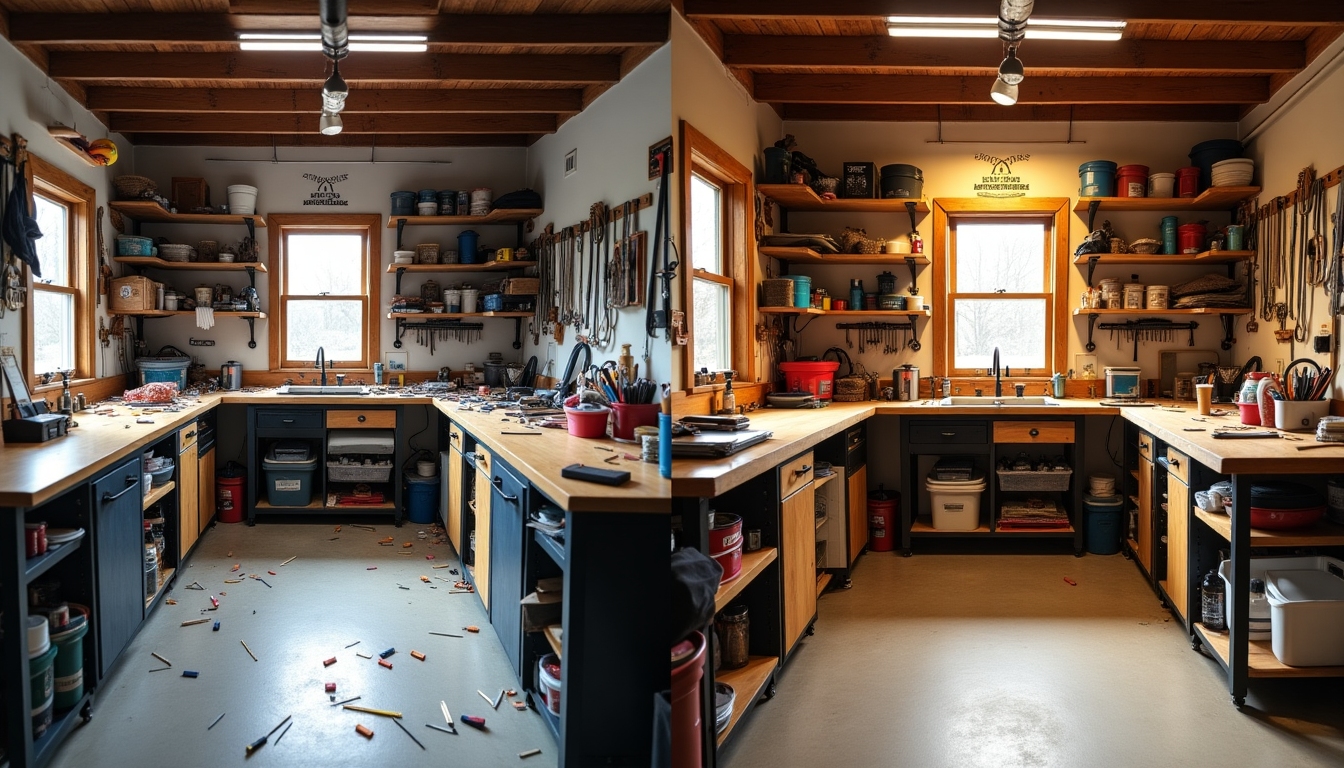Whether you’re a seasoned pro or just starting in construction, having the right tools is key to working efficiently and safely. This article reveals the Top 10 Must-Have Tools for Every Construction Worker, with tips on choosing and maintaining them.
In construction, tools aren’t just gear—they’re your partners on the job. The right ones save time, reduce stress, and boost your work quality. With so many options out there, which ones really matter? This guide dives into the Top 10 Must-Have Tools for Every Construction Worker, blending practical advice with real-world insights to help you build smarter.
1. Hammer
A hammer is the heartbeat of any construction site. You’ll use it to drive nails, adjust parts, or even break things apart. Claw hammers are great for everyday tasks like framing, while sledgehammers tackle heavy demolition. Pick one with a weight that feels right—16 ounces for light work, 20 or more for tougher jobs. Go for a steel head and a grip that won’t slip. Keep it in shape by wiping the head clean and checking the handle for cracks.
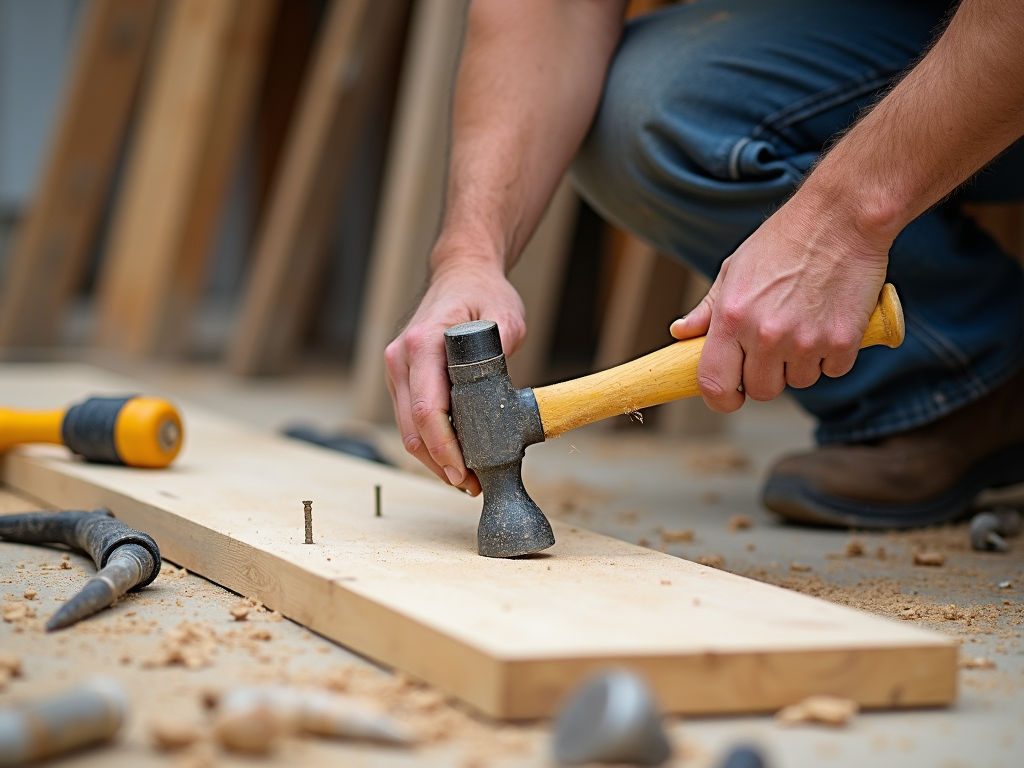
2. Screwdriver Set
Screws are everywhere in construction, and a solid screwdriver set gets them in place fast. You need flathead and Phillips head drivers in different sizes. A multi-bit screwdriver saves space and switches tips easily. Look for comfy handles and strong tips that won’t wear out. Store them dry to avoid rust, and clean the tips after use. I once sped through a cabinet install because I had the right sizes handy—don’t skimp on variety!

3. Adjustable Wrench
An adjustable wrench handles nuts and bolts of all sizes, making it a must-have. Its jaws slide to fit, so one tool does the job of many. Choose one with smooth adjustments and a padded grip. Tighten it just right to avoid slipping and ruining bolts. Keep the jaws clean and oil the moving parts now and then—it’ll last years.
4. Pliers
Pliers grip, bend, and cut with ease. Needle-nose pliers reach tight spots, while locking pliers hold firm like an extra hand. Get a pair with tough jaws and handles that feel good. They’re perfect for wiring or pulling nails. Wipe them down and oil the hinge to keep them smooth.
5. Tape Measure
Accuracy matters, and a tape measure delivers. It’s simple but vital for cutting wood or spacing studs. Pick one with a sturdy case, a lock, and easy-to-read numbers. Extend it straight for true measurements, and don’t let it snap back hard—it can bend. Clean the tape after muddy jobs.
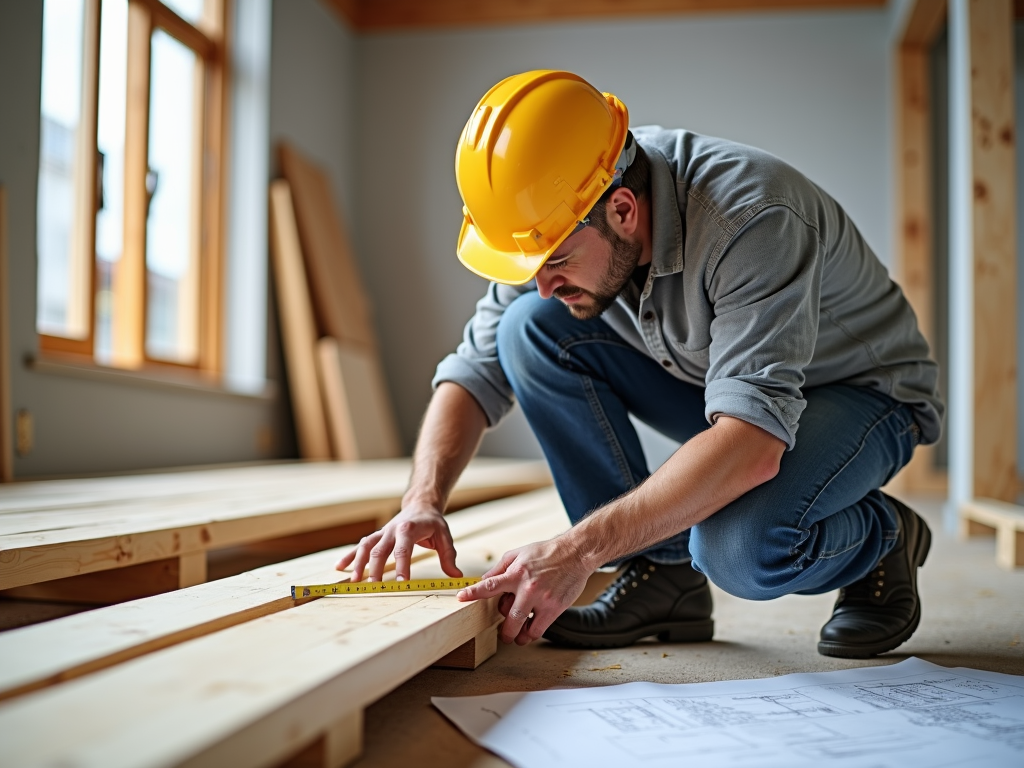
6. Level
A level keeps everything straight—walls, shelves, you name it. Spirit levels with bubbles are classic and cheap, while laser levels are high-tech and precise. Get one that’s long enough for your projects and check its accuracy. Store it carefully so it doesn’t get banged up.
7. Utility Knife
A utility knife cuts drywall, rope, or packaging in seconds. Go for a retractable blade and a solid handle. Always cut away from yourself, and swap out dull blades—they’re dangerous. Keep it closed when not in use, and store it safely.
8. Power Drill
A power drill changes the game, drilling holes and driving screws fast. Cordless ones give you freedom, while corded drills pack more punch. Look for variable speed and a good battery if you go cordless. I once finished a deck twice as fast with a reliable drill. Clean it after use and charge it fully.
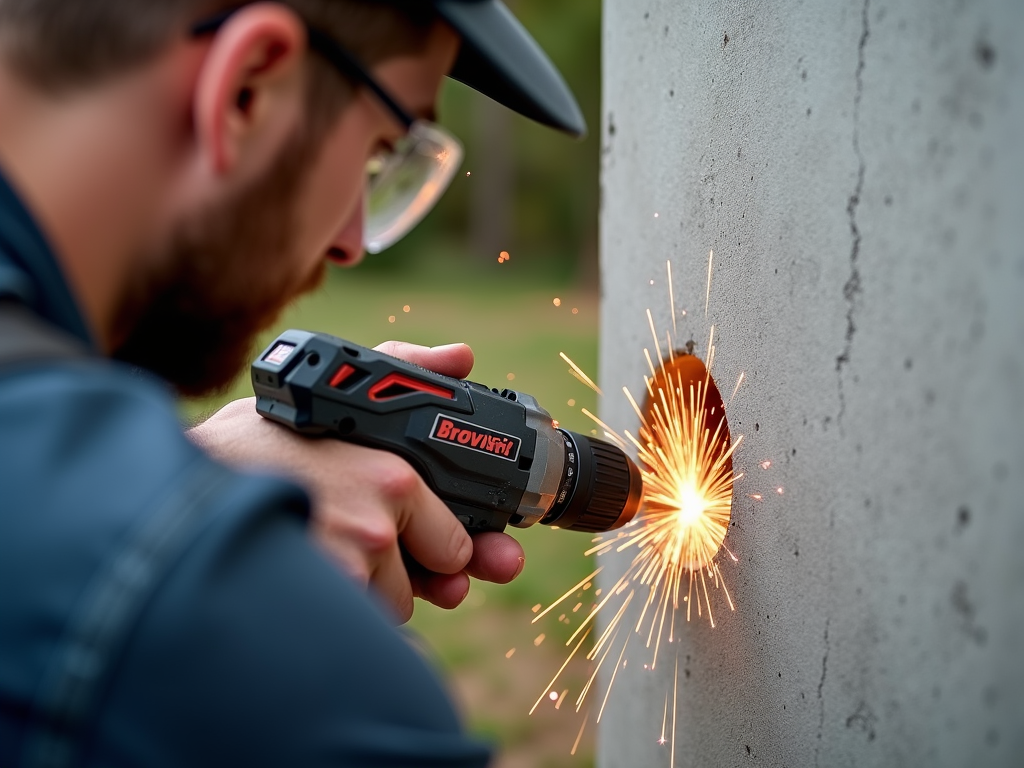
9. Circular Saw
For straight cuts through wood or metal, a circular saw is unbeatable. Match the blade to your material—wood blades won’t cut steel well. Check for power and safety features like blade guards. Keep it sharp and clean, and wear goggles. It’s loud, but it gets the job done.
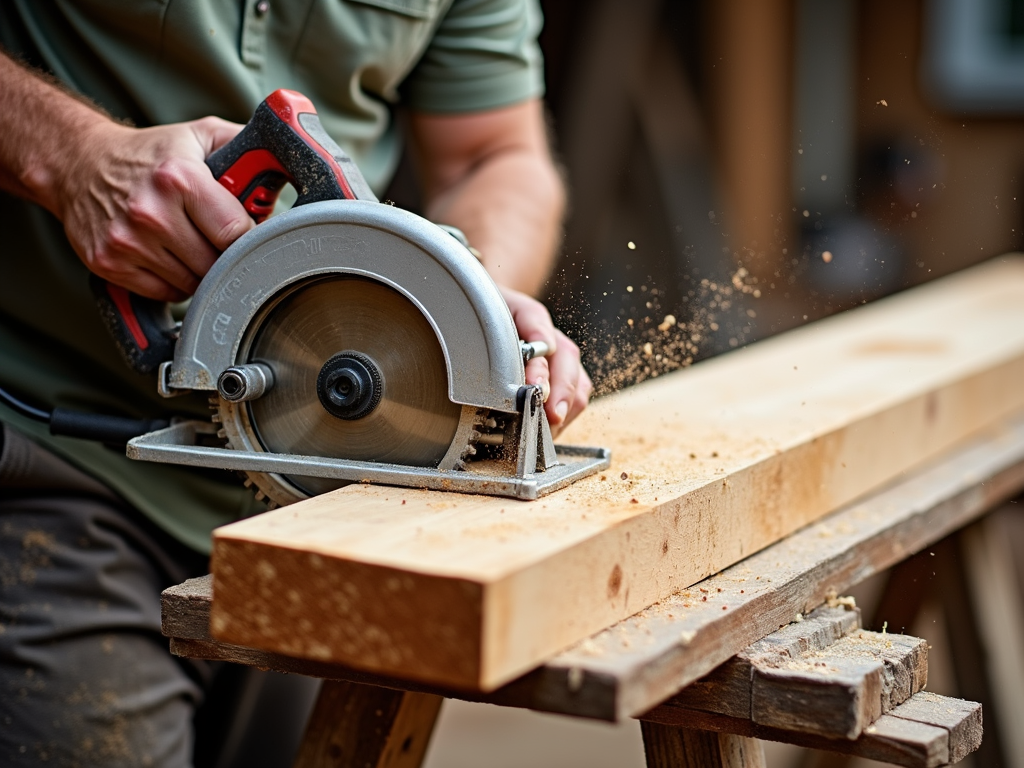
10. Safety Equipment
Safety gear isn’t optional—it’s essential. A hard hat, safety glasses, gloves, and steel-toed boots protect you from falls, debris, and cuts. Fit matters, so try them on first. Inspect them often and replace anything worn out. A study shows safety gear cuts injury risks big time—learn more here. I’ve seen a hard hat save a buddy from a falling brick.

Choosing the Right Tools for Your Construction Project
Picking the right construction tools can feel tricky, but it’s worth it. Think about your tasks—drilling needs a drill, not a wrench. Ergonomic handles cut fatigue, and quality tools last longer. Buy from trusted suppliers for safety and warranties. For power tools, this Popular Mechanics guide breaks it down perfectly.
Maintenance Tips for Your Workman Tools
Good maintenance tips for workman tools keep them ready. Clean them after every job—dirt and rust are killers. Store them dry and safe. Check for wear, oil moving parts, and sharpen blades. The OSHA site has solid advice on keeping tools safe and sound.
Organizing Your Workman Tools
Organized workman tools save time and headaches. Use a toolbox or bag, and sort by use—hammers up front, specialty stuff in back. Label everything. A tidy site is a safe site. I once lost a wrench in the chaos—now I keep things neat.
In short, these Top 10 Must-Have Tools for Every Construction Worker set you up for success. Choose wisely, maintain them well, and stay organized. You’ll work faster, safer, and better every time.
Related Top 10 Must-Have Tools for Every Construction Worker:
- Power Tool Evolution: A Detailed History
- Mastering Small Space Organization: Tips for Workman Tools
- From Digital to Physical: Using HiDream Image Generator to Plan Your Rotary Tool Projects
- Top 10 High-Quality Workman Tools for Professionals
- Revolutionizing Workshops: What's New in Workshop Tech
- Selecting the Right Tools for Your Automotive Needs
- Hand Tools Storage Solutions: A Comprehensive Guide
- The Ultimate Guide to Cleaning Your Car with a Power Washer
- The Impact of AI on Factory Safety
- Advanced Table Saw Techniques for Woodworking
- Mastering Tool Organization in a Small Workshop: A Comprehensive Guide
- The Ultimate Guide to Tool Maintenance
